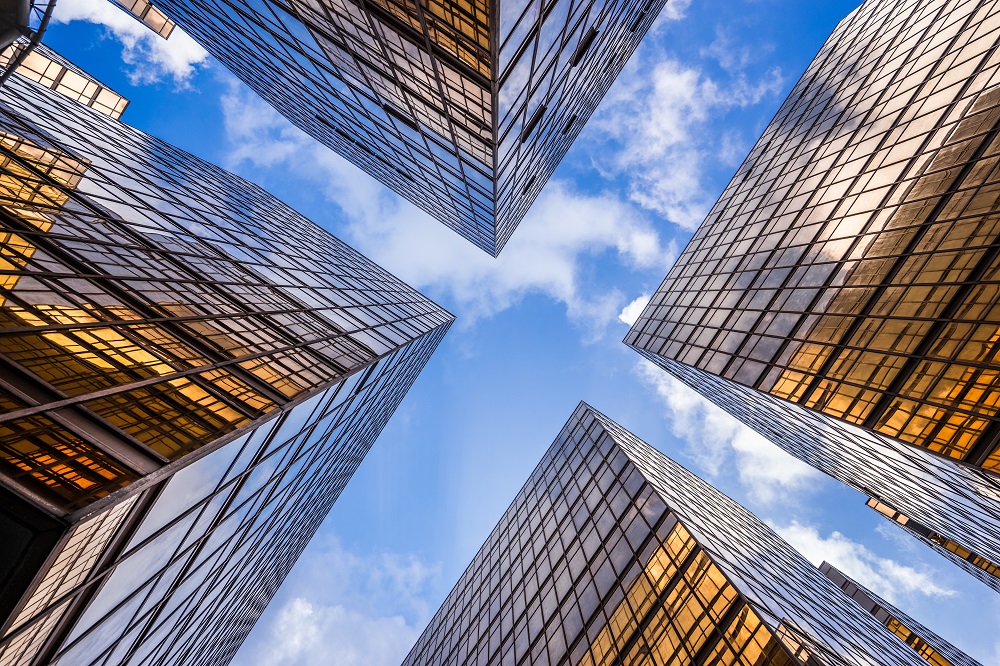Spectral selectivity refers to the selective absorption, transmission or reflection of sunlight by nano-functional coatings, which are the most important part of solar collectors.
In the solar spectral radiation, the wavelength of practical significance is 0.39~100 μm or 0.200~100 μm, the wavelength corresponding to the maximum peak of solar radiation is 480 nm, and the energy is mainly concentrated in the wavelength range of 0.20~2.5 μm, of which visible light and near-infrared regions account for a considerable proportion.
Therefore, for efficient medium and high temperature solar spectral selective absorption coatings, the main technical requirements are that at an operating temperature of 500, there is a high absorption ratio (α ≥ 0.98) in the sunlight band (λ ≤ 3 μm), and a very low emissivity (ε≤ 0.05) in the infrared band (λ ≥ 3 μm). The working temperature of the absorption coating can be divided into low temperature absorption coating (T). <100°C), medium temperature absorbing coating (100°C 400°C). Among them, medium temperature absorption coatings are mainly used in industrial production solar heat generation, solar water heaters, etc. And the development of solar spectral selective absorption coatings with excellent optical properties and thermal stability under medium and high temperature conditions is the key to realizing the efficient utilization of solar energy.
Application 1: Nano ceramic heat insulation window film. Different from metal film and magnetron sputtering film, nano ceramic heat insulation film will not shield mobile phone and GPS signals, stable performance without oxidation, and heat insulation performance without attenuation. On the one hand, the nano ceramic heat insulation film can shield most of the 0.20~0.38μm harmful ultraviolet rays and 0.78~2.5μm infrared rays, on the other hand, it has a high transmittance for the visible light area of 0.38~0.78μm wavelength. In this way, the unity of high transparency and high thermal insulation is achieved on architectural glass and automotive glass.
Application 2: Agricultural greenhouse film. Plants are the most sensitive to infrared spectrum, less sensitive to green light, and the largest sensitivity band to the spectrum is 400-700nm, this spectrum is often called the effective energy region of photosynthesis, and about 45% of the energy of sunlight is located in this spectrum. The use of agricultural greenhouse films that selectively transmit light wavelengths in agricultural production can improve the quality of crops by affecting the light quality and controlling the products of photosynthesis.












